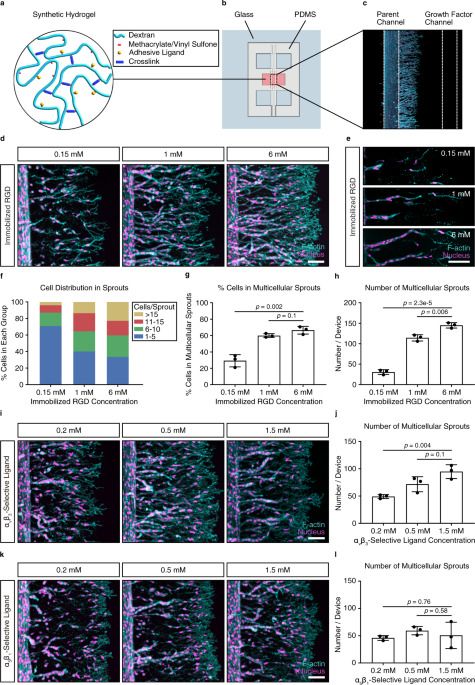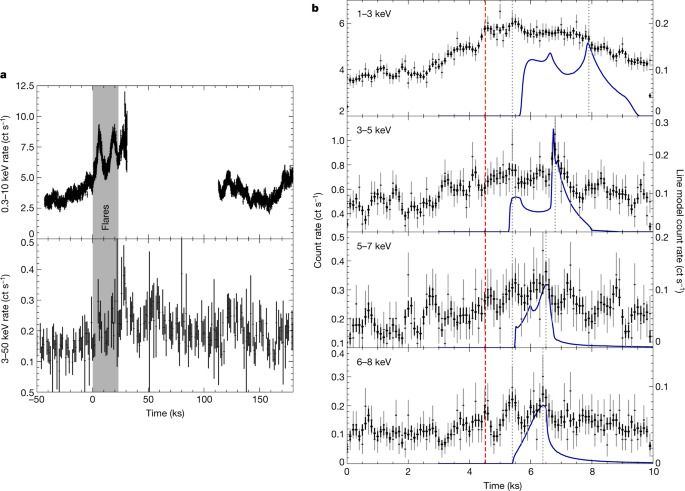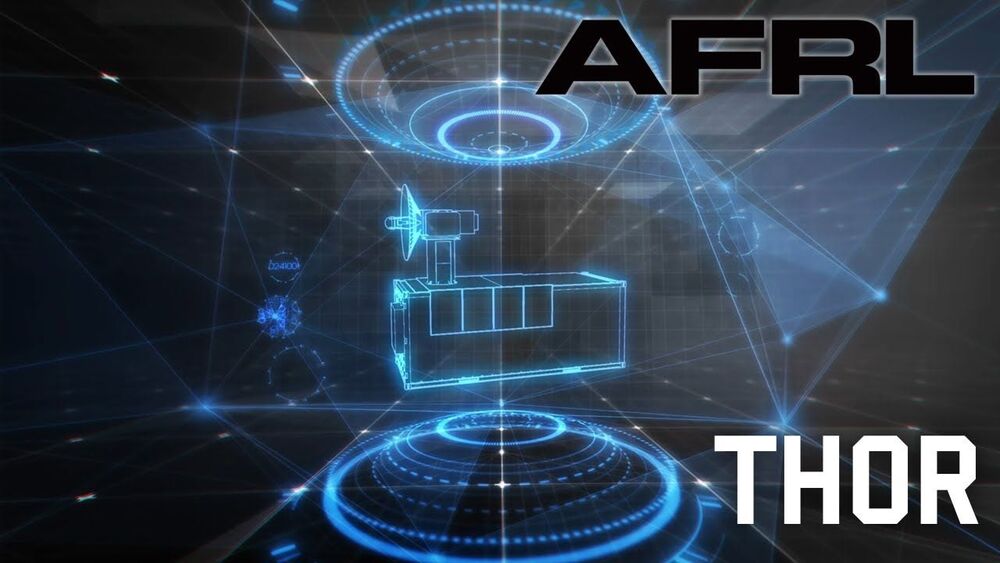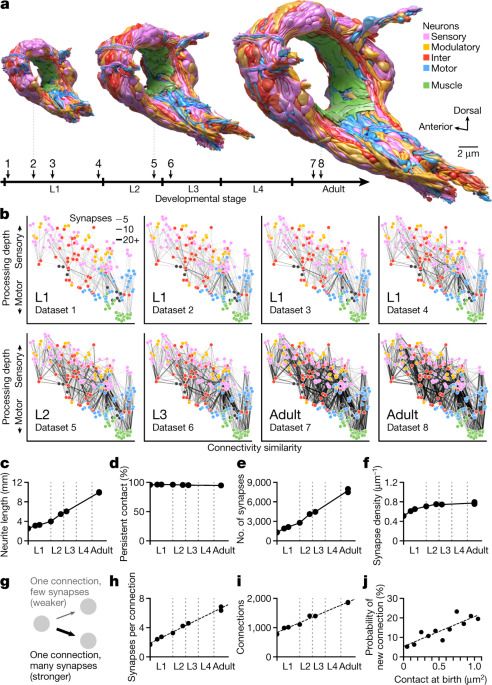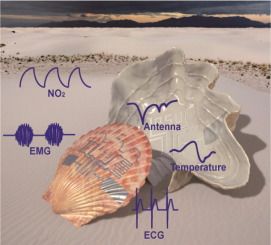The landmass that was swallowed by a tsunami more than 8200 years ago is called Doggerland, and now a team of archaeologists inspecting the area along the Dutch coastline has gathered enough data to piece together what Doggerland looked it.
According to a report from The Guardian, more than 200 objects from Doggerland were discovered by archaeologists, and those objects included things such as a deer bone that had an arrowhead embedded in it, fossils, mammoth molars, and a skull fragment from a young Neanderthal.
Dr. Sasja van der Vaart-Verschoof, assistant curator of at the National Museum of Antiquities prehistory department in Leiden said, “We have a wonderful community of amateur archaeologists who almost daily walk these beaches and look for the fossils and artefacts, and we work with them to analyse and study them.”


